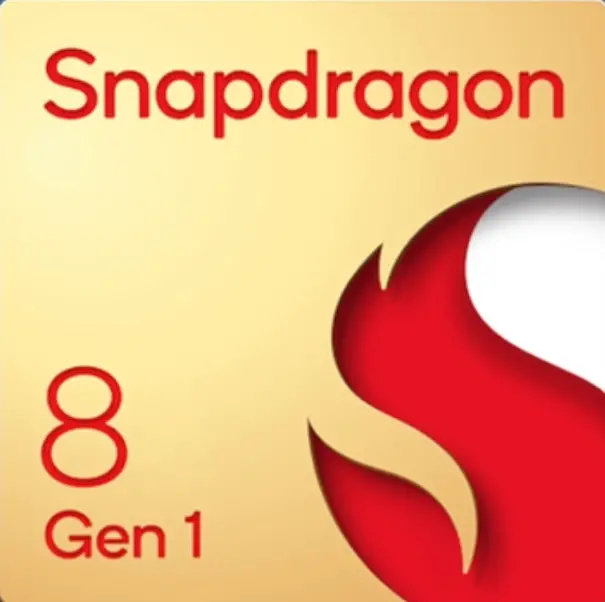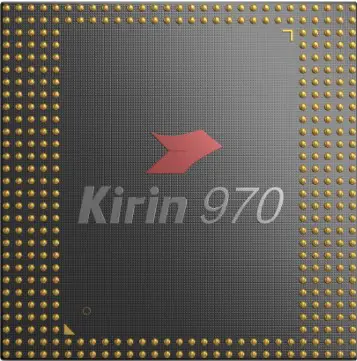Qualcomm Snapdragon 8 Gen 1 vs Hisilicon Kirin 970
We’ve crafted a detailed comparison between the recently launched Snapdragon 8 Gen 1 and Kirin 970 SoCs, developed by Qualcomm and Hisilicon respectively. Our assessment weighs the benefits and drawbacks of these 8-core processors based on Geekbench, Antutu, and 3DMark benchmarks, as well as their full technical specifications.
Review
CPU Performance
Evaluation of Single-Core and
Multi-Core Processor Performance
Gaming Performance
Gaming and OpenCL/Vulkan
Performance of the Graphics Processing Unit (GPU)
Battery life
Energy Efficiency in Battery Usage
Tech Insist Score
Overall Performance Rating of the
Chip
Key Differences
Pros of Snapdragon 8 Gen 1
- Snapdragon 8 Gen 1 has 27.12% higher CPU clock speed than Kirin 970 (3000 vs 2360 MHz).
- Snapdragon 8 Gen 1 has 71.49% higher memory frequency than Kirin 970 (3200 vs 1866 MHz).
- Snapdragon 8 Gen 1 has 252.65 % better AnTuTu 9 score than Kirin 970 (1037 K vs 294 K).
- Snapdragon 8 Gen 1 has the latest instruction set, hence better than Kirin 970.
- Snapdragon 8 Gen 1 supports 71.81 % higher memory bandwidth than Kirin 970 ( 51.2 vs 29.8 MHz).
- Snapdragon 8 Gen 1 supports 113.33 % higher download speed than Kirin 970 ( 2560 vs 1200 Mbps).
Pros of Kirin 970
- Kirin 970 has 6.25 % higher GPU clock speed than Snapdragon 8 Gen 1 ( 850 vs 800 MHz).
- Kirin 970 has 150.00 % smaller sized transistor than Snapdragon 8 Gen 1 ( 10 vs 4 nm).
Benchmarks
Evaluating performance through competitive testing in leading benchmarks.AnTuTu 10
| CPU | 249768 | 77046 |
| GPU | 448381 | 90560 |
| Memory | 172528 | 66398 |
| UX | 166045 | 59977 |
| Total score | 1036722 | 293981 |
GeekBench 6
Single-Core Score
Multi-Core Score
3DMark
3DMark Wild Life Performance
| Stability | 88% | 80% |
| Graphics test | 54 FPS | 6 FPS |
| Score | 9041 | 1050 |
Specifications
Full list of technical specifications of Snapdragon 8 Gen 1 and Dimensity 9300CPU
| Architecture | 1x 3 GHz Cortex-X2,3x 2.5 GHz Cortex-A710 4x 1.8 GHz Cortex-A510 |
4x 2.36 GHz – Cortex A73 4x 1.84 GHz – Cortex A53 |
| Cores | 8 | 8 |
| Base Frequency | 1800MHz | 1840MHz |
| Turbo Frequency | 3000MHz | 2360MHz |
| Instruction set | ARMv9-A | ARMv8-A |
| L2 cache | - | - |
| L2 cache | 1 MB | 0.5 MB |
| L3 cache | 4 MB | 2 MB |
| Process | 4 nanometers | 10 nanometers |
| Transistor count | - | 5.5 billion |
| TDP (Sustained Power Limit) | - | 9 W |
Graphics
| GPU name | Adreno 730 | Mali G72 MP12 |
| Architecture | Adreno 700 | Bifrost |
| GPU frequency | 800 MHz | 850 MHz |
| Pipelines | 3 | 12 |
| Shading units | 768 | 192 |
| Total shaders | 1536 | 384 |
| FLOPS | - | 347 Gigaflops |
| Vulkan version | 1.1 | 1.0 |
| OpenCL version | 2 | 2.0 |
| DirectX version | 12 | 12 |
AI Accelerator
| Neural processor (NPU) | Hexagon | Dedicated NPU |
Memory
| Memory type | LPDDR5 | LPDDR4X |
| Memory frequency | 3200 MHz | 1866 MHz |
| Bus | - | - |
| Max bandwidth | 51.2 Gbit/s | 29.8 Gbit/s |
| Max size | 24 GB | 8 GB |
Multimedia (ISP)
| Storage type | UFS 3.1 | UFS 2.1 |
| Max display resolution | 3840 x 2160 | 3840 x 2160 |
| Max camera resolution | 1x 200MP, 2x 64MP | 1x 48MP, 2x 20MP |
| Video capture | 8K at 30FPS, 4K at 120FPS | 4K at 30FPS |
| Video playback | 8K at 30FPS, 4K at 120FPS | 4K at 60FPS |
| Video codecs | H.264, H.265, VP8, VP9 | H.264, H.265, VP8, VP9, VC-1 |
| Audio codecs | AAC, AIFF, CAF, MP3, MP4, WAV | 32 bit@384 kHz, HD-audio |
Connectivity
| Modem | Snapdragon X65 | - |
| 4G support | LTE Cat. 24 | LTE Cat. 18 |
| 5G support | Yes | No |
| Download speed 5G | Up to 10240 Mbps | - |
| Download speed 4G | Up to 2560 Mbps | Up to 1200 Mbps |
| Upload speed 5G | Up to 3072 Mbps | - |
| Upload speed 4G | Up to 316 Mbps | Up to 150 Mbps |
| Wi-Fi | 6 | 5 |
| Bluetooth | 5.2 | 4.2 |
| Navigation | GPS, GLONASS, Beidou, Galileo, QZSS, SBAS, NAVIC | GPS, GLONASS, Beidou, Galileo |
Info
| Announced | December 2021 | September 2017 |
| Class | Flagship | Flagship |
| Model number | SM8450 | Hi3670 |
| Official page | Snapdragon 8 Gen 1 official site | Kirin 970 official site |

